Boeing faces rising pressure in Washington as whistleblower testifies
Boeing (BA) has long had a favorable relationship with Washington D.C., but Senate hearings held Wednesday showed the aviation giant may be in for a lot of political pressure in 2024.
One of the two hearings held to probe Boeing's safety practices featured claims from a Boeing engineer turned whistleblower named Sam Salehpour.
He said that the manufacturing of the 787 Dreamliner was plagued by substandard connections between sections of its fuselage. Boeing disputes his claims.
Senators from both parties used that hearing Wednesday to openly call for a deep investigation by the Justice Department to figure out whether Boeing violated the terms of a deferred prosecution agreement.
Democratic Senator Richard Blumenthal said he is continuing to urge the DOJ to investigate whether Boeing has violated the terms of that 2021 pact that settled a criminal complaint alleging Boeing’s actions led to the crashes last decade of two 737 Max 8s. The incidents killed all 346 people on board.
In its complaint, federal prosecutors alleged that Boeing illegally conspired to defraud the Federal Aviation Administration.
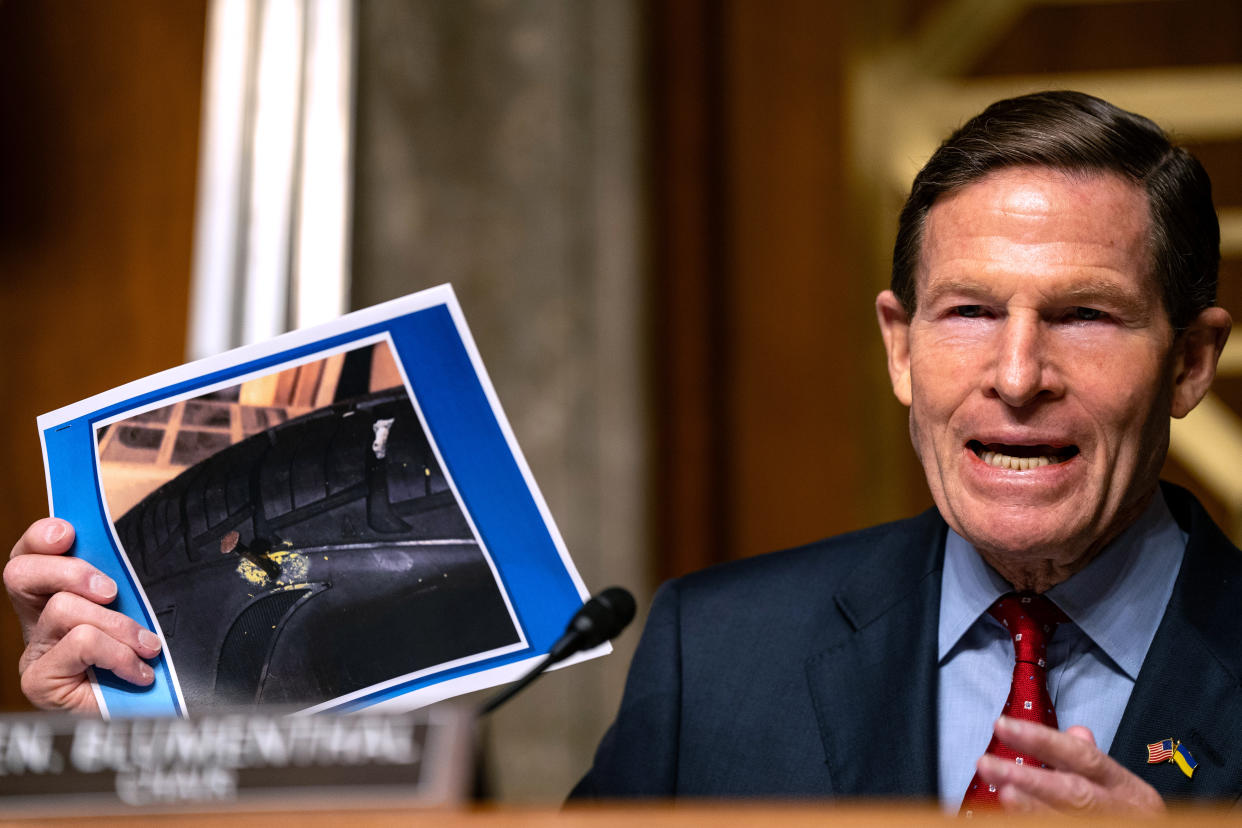
"We have brought to the DOJ’s attention evidence that should be considered," said Blumenthal, who chairs the Homeland Security and Governmental Affairs Permanent Subcommittee on Investigations.
The hearings presented the latest challenge for Boeing as it works to assure regulators, investors, and the public that its planes are airworthy.
It is additionally trying to recover from lawsuits and investigations that followed a midair blowout of a fuselage section that detached from an Alaska Airlines 737 Max 9 jet in January.
A preliminary investigation by the National Transportation Safety Bureau investigation showed four bolt fasteners meant to hold the door in place were missing.
Boeing is currently under criminal investigation by the Justice Department for its role in the blowout.
Blumenthal said the DOJ should investigate testimony from Ed Pierson, a former Boeing manager and whistleblower who testified at the hearing and is now executive director of the Foundation for Aviation Safety.
Pierson told lawmakers that Boeing's manufacturing conditions that led to the two 737 Max disasters as well as the Alaska Airlines fuselage incident still exist.
Following the first Max crash in 2019, Pierson warned Boeing management to shut down Max production. He said government regulators ignored the production problems until the Alaska Airlines incident.
"Passengers shouldn't have to rely on whistleblowers to know the truth," he said.
On an analysis of Alaska Airlines' new 737 Max aircraft, Pierson’s organization found the airline had submitted to the FAA more than 1,200 system malfunction reports among its 53 Max planes.
"I’m not talking tray tables or headrests," Pierson said. "We need to make sure those things have been investigated."
Ranking committee member Republican Senator Ron Johnson of Wisconsin said lawmakers need to talk with CEOs, airlines, pilots, and mechanics.
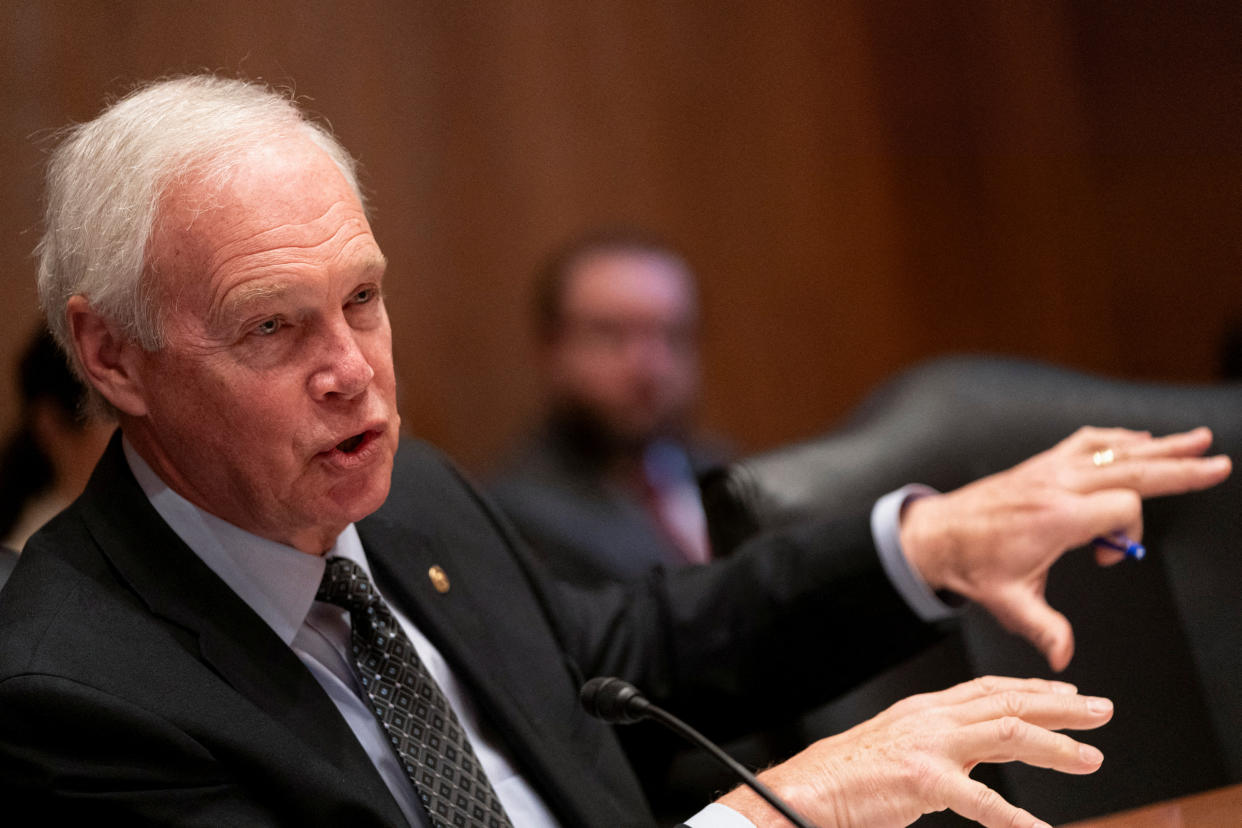
"This requires a full-blown investigation with all these people being interviewed — people feeling free they can come before us with whistleblower protection,” Sen. Johnson said.
“Lives were lost. This was beyond negligence. This was an overt act and nobody has been held accountable in any way, shape, or form — financially, losing their job, criminally held liable?”
The crashes last decade that killed 346 people were in part attributed to Boeing’s omission from the aircraft’s flight manual of a new system called Maneuvering Characteristics Augmentation System, or MCAS.
That system received some attention during the Senate subcommittee hearing Wednesday.
"[Boeing] snuck the MCAS system through the certification process, period. It’s that simple," Shawn Pruchnicki, an assistant professor of Integrated Systems Engineering at Ohio State University, said during his testimony.
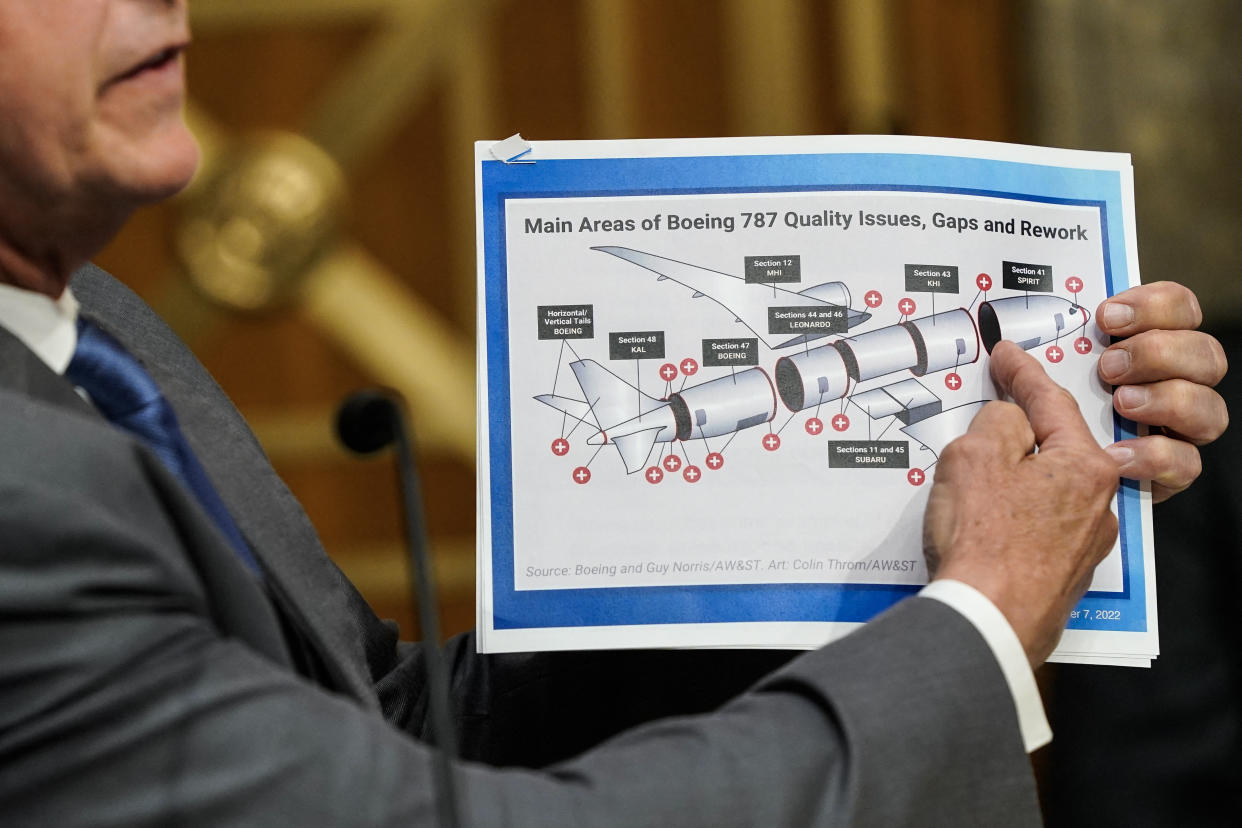
"It was all about money. It was all about getting those planes to Southwest," he said, "and that’s why those people died."
The witnesses also suggested adding more regulators, increasing more third-party oversight of regulators and Boeing, and getting rid of alleged conflicts between Boeing and the Federal Aviation Administration, the National Transportation Safety Bureau, and the Department of Transportation.
One witness said Boeing executives should visit crash sites involving the company’s planes. Another witness said new design and manufacturing standards should be implemented, including involving pilots in aircraft design.
'We haven't identified any safety issues'
The contentions made by Salehpour about the Dreamliner were first reported by The New York Times and prompted an investigation by the Federal Aviation Administration.
Salehpour said the aircraft is plagued by substandard connections between sections of its fuselage.
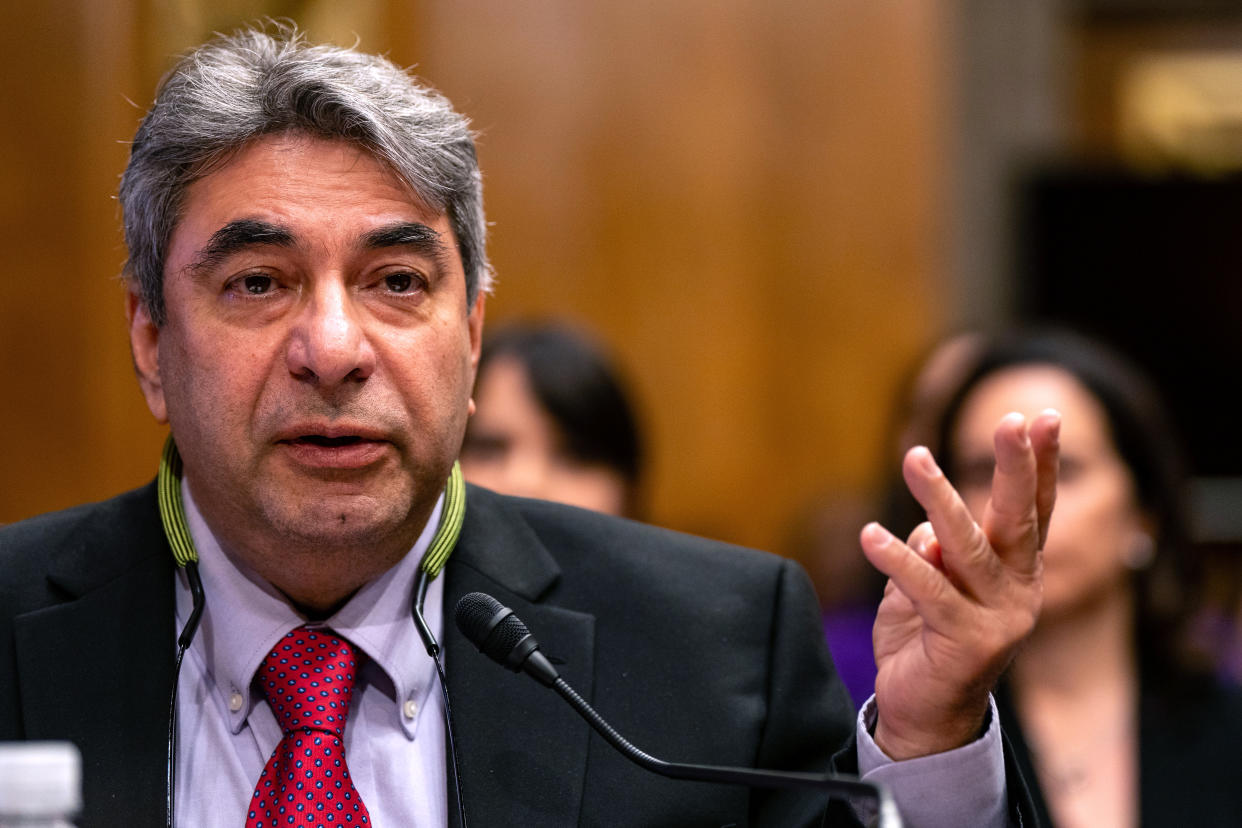
The parts, which he said are fabricated by different manufacturers, are sent to Boeing’s Charleston, South Carolina, plant for assembly. Over time, Salehpour said, tiny gaps in the connections, left unfilled, could lead to structural failures.
Salehpour said he witnessed people jumping on pieces of an airplane to get them to alight temporarily rather than following protocol and shimming gaps in those areas first.
Shimming after the fact, he said, leads to false gap measurements that make the fuselage vulnerable over time. After reporting the activity, he said, Boeing retaliated against him by moving him to its 777 aircraft program.
Boeing has described Salehpour’s claims as "inaccurate."
The issues raised in The New York Times report were subjected to "rigorous engineering examination under FAA oversight," Boeing said in an email to Yahoo Finance. The issues "do not present any safety concerns" over the aircraft’s expected service life of 44,000 pressurization cycles, the company said.
Boeing said the 787 test airframe in 2010 was manufactured in the same way as the first 980 airplanes put into service. The company said it also examined the test airframe and data after the more recent issues came to light.
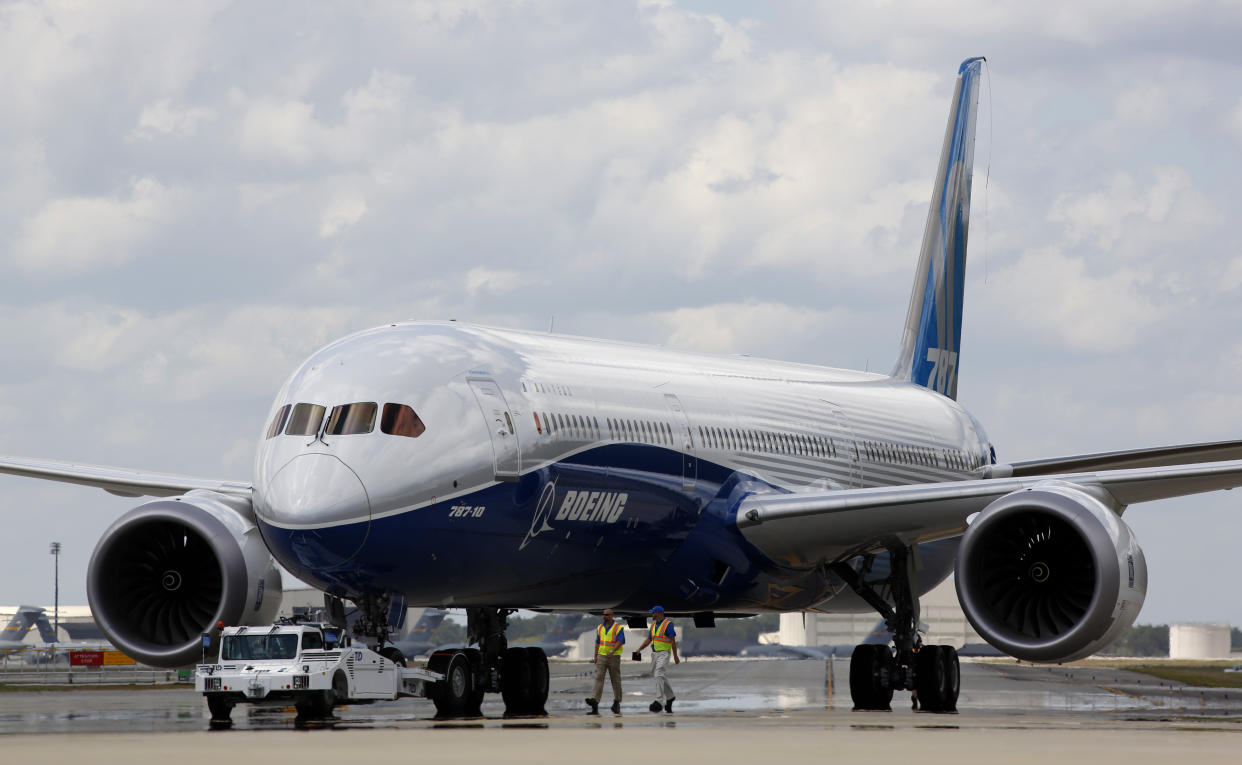
"Boeing understands the important oversight responsibilities of the Subcommittee and we are cooperating with this inquiry. We have offered to provide documents, testimony, and technical briefings, and are in discussions with the Subcommittee regarding next steps,” Boeing said.
During a press call on Monday, Boeing chief mechanical and structural engineer Steve Chisholm emphasized that fatigue testing on the Dreamliner’s fuselage simulated use 3.75 times the jet's designed lifespan.
"We haven’t identified any safety issues," Chisholm said about the connection gaps. Nor had the company seen any problems related to in-service Dreamliners related to the areas.
Boeing has previously slowed Dreamliner production and paused deliveries of the aircraft in order to address concerns over the fuselage gaps since its first delivery in September 2011.
In 2021 and 2022, Boeing implemented a pause and production slowdown after employees expressed concerns over "conformance items" on the aircraft.
In response, Boeing said it overhauled how it inspects and verifies “join-up” points. The allowable gap and “fit-up force” at any given join, it said, can vary from join to join and location to location.
Alexis Keenan is a legal reporter for Yahoo Finance. Follow Alexis on Twitter @alexiskweed.
Click here for the latest stock market news and in-depth analysis, including events that move stocks
Read the latest financial and business news from Yahoo Finance
